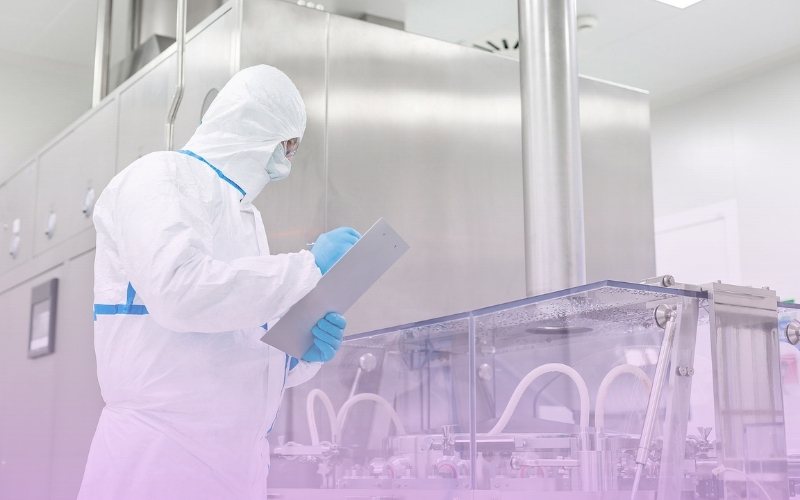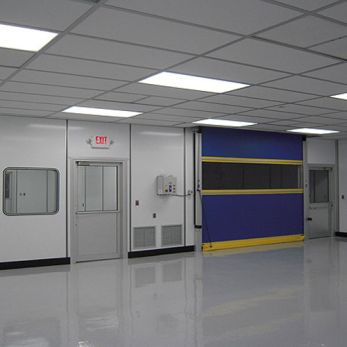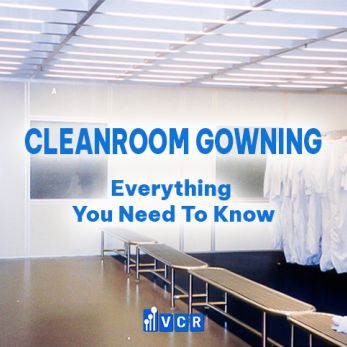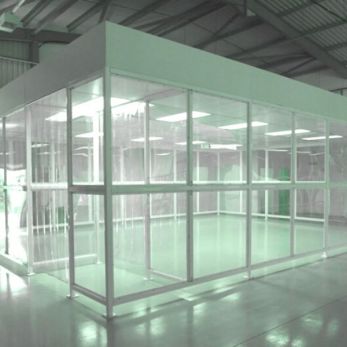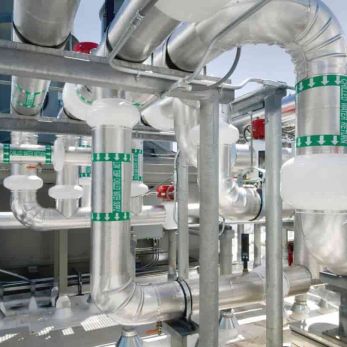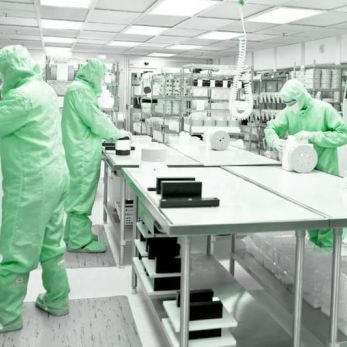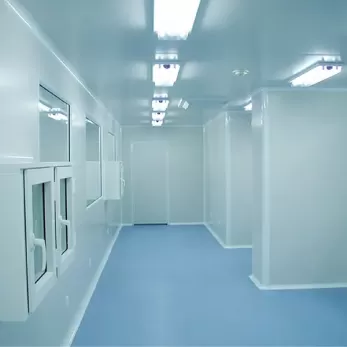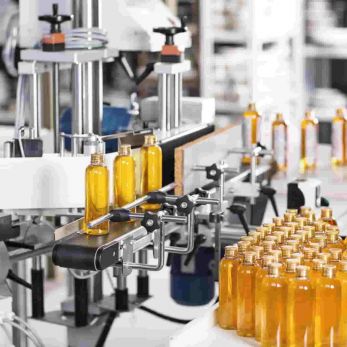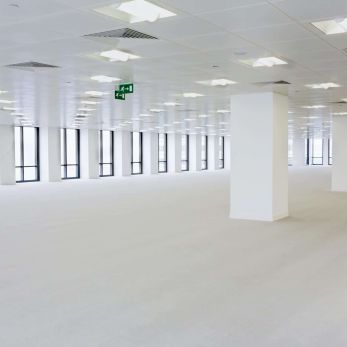Cross contamination control in pharmaceutical cleanroom
How to control cross-contamination in pharmaceutical cleanrooms? In this article, VCR will provide you the details of preventing cross-contamination in pharmaceutical cleanrooms. I. Cross-contamination control in cleanrooms for non-sterile products 1.
How to control cross-contamination in pharmaceutical cleanrooms? In this article, VCR will provide you the details of preventing cross-contamination in pharmaceutical cleanrooms.
I. Cross-contamination control in cleanrooms for non-sterile products
1. Install HVAC system with appropriate filters in all areas
2. Airlock is a must
3. Air supply and air exhaust points should not be close that it restricts the clean air supply to working areas
4. The air flow pattern should be designed to protect products as well as operators from being contaminated
5. Risk of contaminants caused by recirculation or re-entry of untreated or insufficiently treated air should be minimized.
• Separate area for cleaning of filters away from AHU.
• Air showers to be provided so that person going out of the working area is free from the adherence of a powder.
• Appropriate dust extraction system
• Clean dust extraction and associated pipes during every product change over.
• Areas where beta-lactam products, antibiotics, hormones, cytotoxic, drugs manufactured from live microorganisms are handled, should have a completely separate air handling facility with the scrubbing of exhaust air.
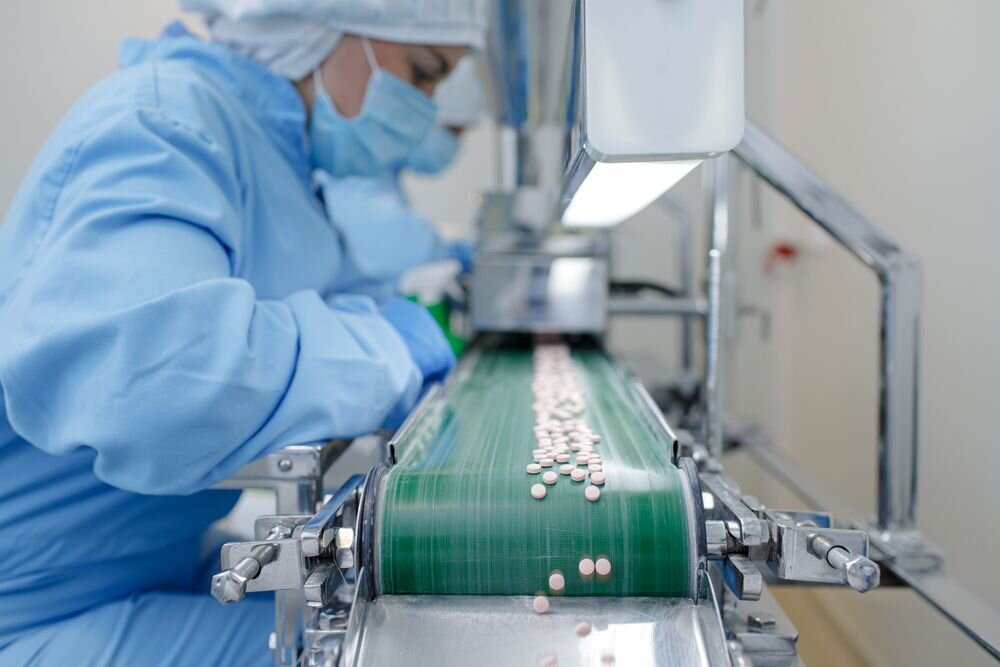
II. Cross-contamination control in cleanrooms for sterile products
1. Cleanrooms are designed into different grades, which are suitable for the types of activities performed
2. Clean rooms should be maintained with appropriate cleanliness standards. Supplied air should be filtered by filters of an appropriate efficiency.
3. Component preparation compounding and filling operations should be carried out in a separate clean room within the core area.
4. The clean sweep of air from top to bottom and return of air should be as low as possible to effectively remove any contamination.
5. An appropriate number of air changes.
6. Pass boxes and airlocks should be provided for movement of materials, equipment, and other goods in and out of the cleanroom interlocking system, so that only one side may be opened at any one time.
7. Avoid sliding doors.
8. Areas where anti-neoplastic products in powder form are handled, should be at the negative pressure to the immediate external environment and allow for the efficient removal of even small quantities of airborne contaminants.
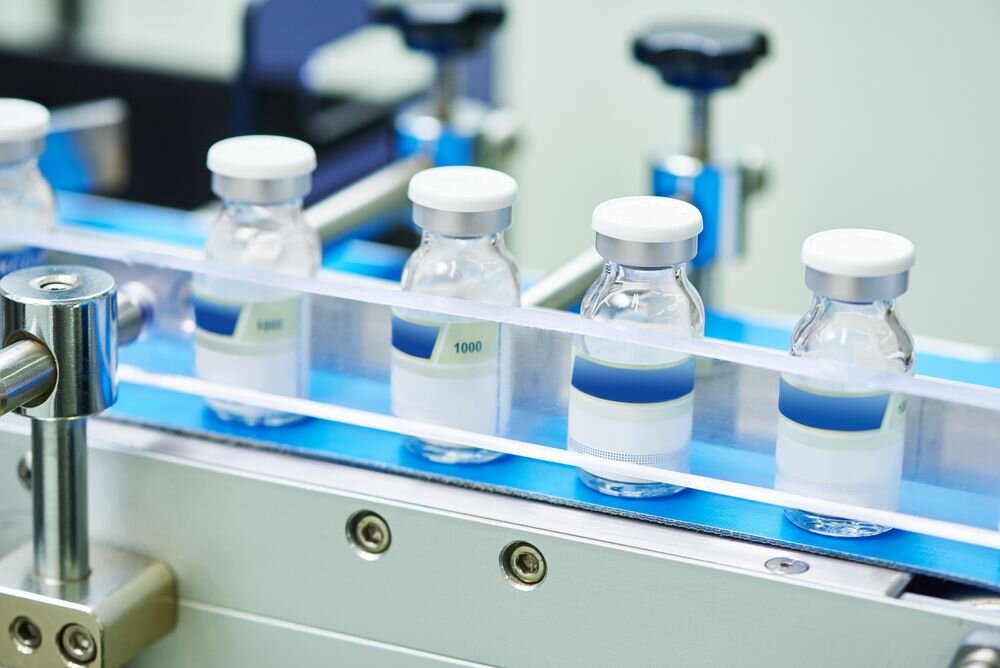
9. Biosafety cabinets (Hoods, isolators) used for sterility testing should be negative to the immediate surrounding but should be provided with appropriate HEPA filters at the inflow and outflow of air.
10. Where sterility testing is carried out under Laminar flow benches, the laminar flow is positive to the surrounding.
11. Areas where live cultures ( microorganisms, pathogens) are handled, negative pressure should be maintained to the immediate atmosphere.
12. Minimize intrusion
13. Training to cover hygiene and basic microbiology as well as changing for specific operations.
14. Operators must report any illness or risk which may require their preclusion from aseptic areas
15. Regular health checks.
16. Dedicated garments for both preparation and filling areas. Nonlinting, capable of repeated wear, sterilization laundering without deterioration.
Source: Pharmaguideline
Vietnam Cleanroom Equipment (VCR) specializes in providing cleanroom equipment for construction contractors. We provide high-quality products with competitive prices and large quantities nationwide. The equipment includes:
Differential pressure gauge, FFU Fan Filter Unit, Pass box, Cleanroom air filter, HEPA box, Clean booth, cleanroom steel door, Isolator cabinet, and other equipment
For details, please refer to Vietnam cleanroom equipment official website
https://en.vietnamcleanroom.com






